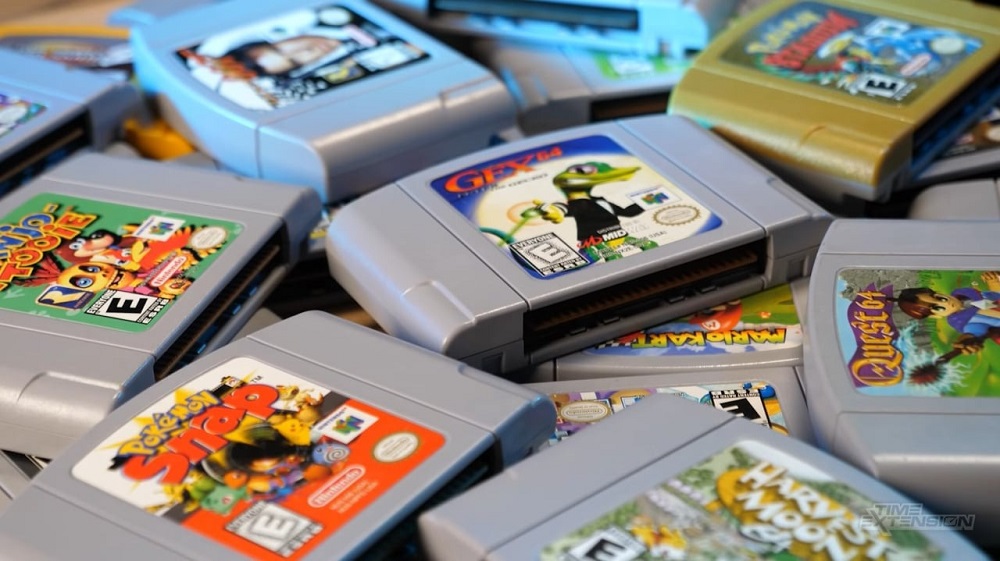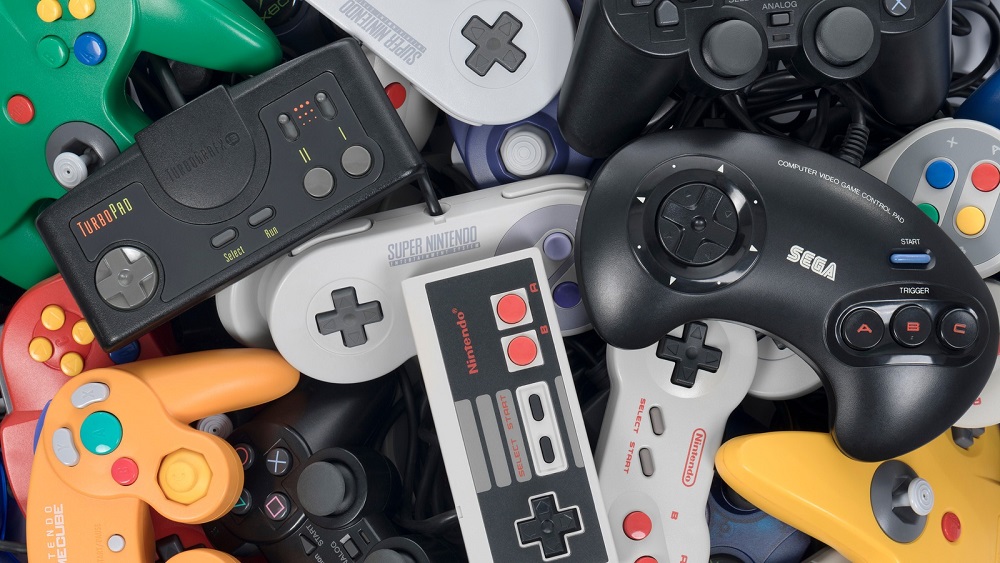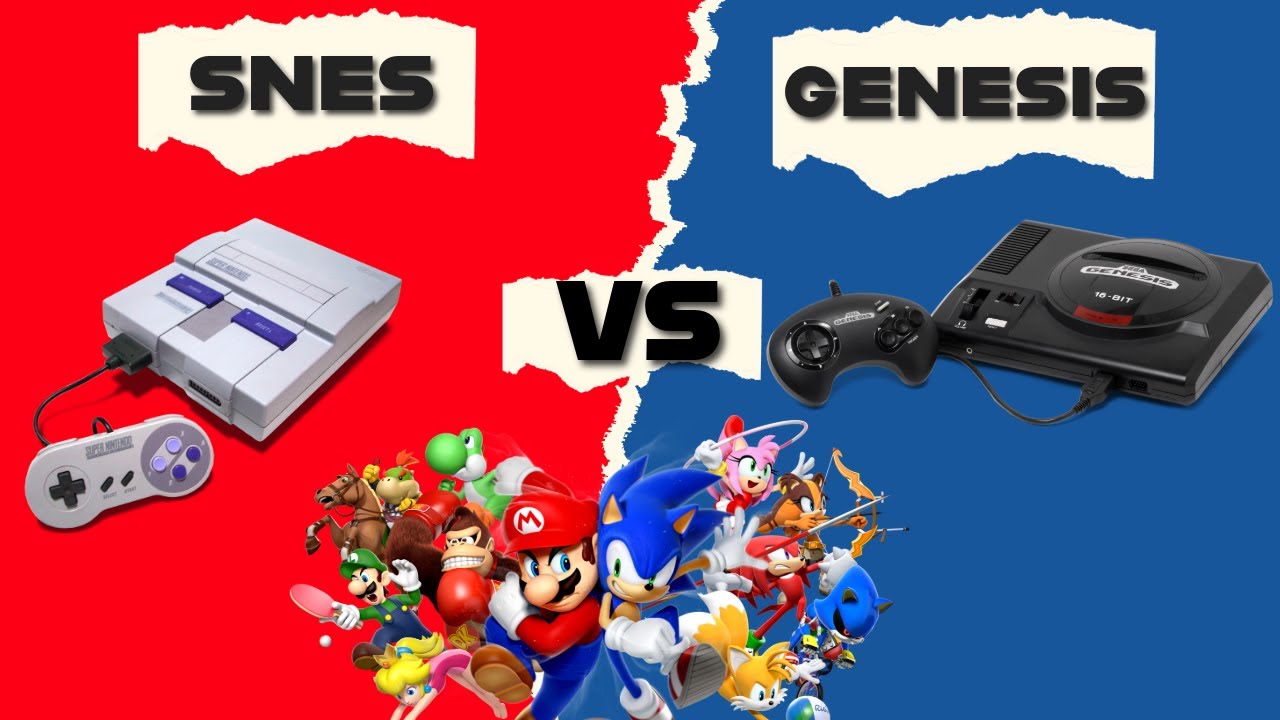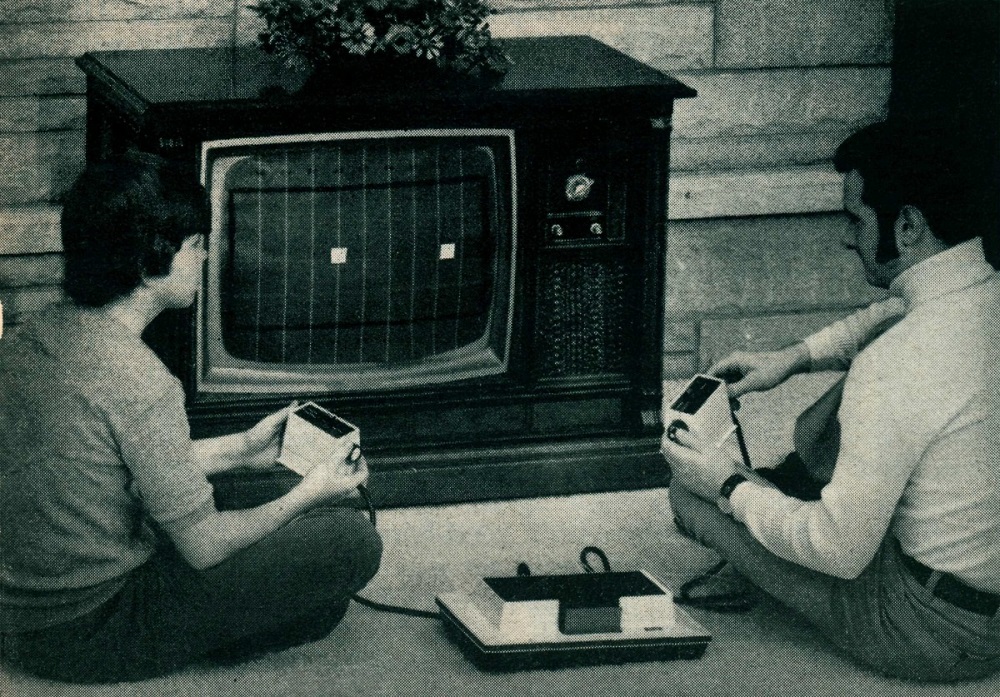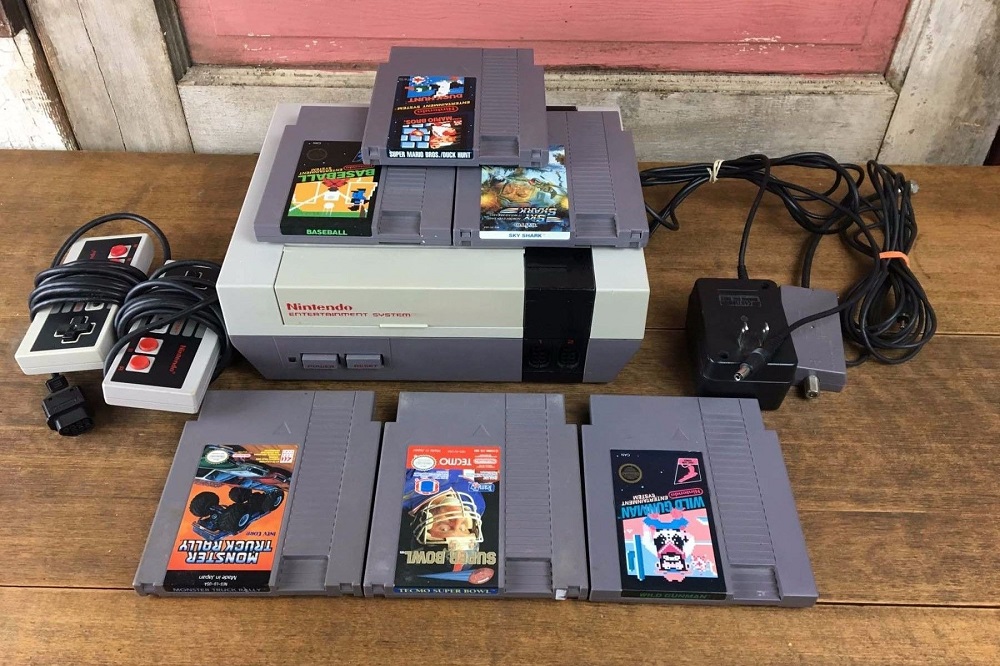There’s a sound that instantly transports gamers back to the golden age of consoles — the satisfying click of sliding a cartridge into place. Long before discs, downloads, and cloud streaming, cartridges were the heart of gaming. They weren’t just storage devices; they symbolized ownership, durability, and discovery.
From the late 1970s with the Atari 2600 to the heyday of the SNES, Sega Genesis, and Nintendo 64, cartridges defined how games were played, collected, and remembered. They shaped not only the technology of gaming but also the culture surrounding it.
I. From Chips to Childhood Memories – The Birth of Cartridges
Before cartridges, consoles like the Magnavox Odyssey (1972) used simple game cards, more like switches than true software. It was the Fairchild Channel F in 1976 that introduced interchangeable ROM cartridges, a revolutionary idea: one machine, infinite games.
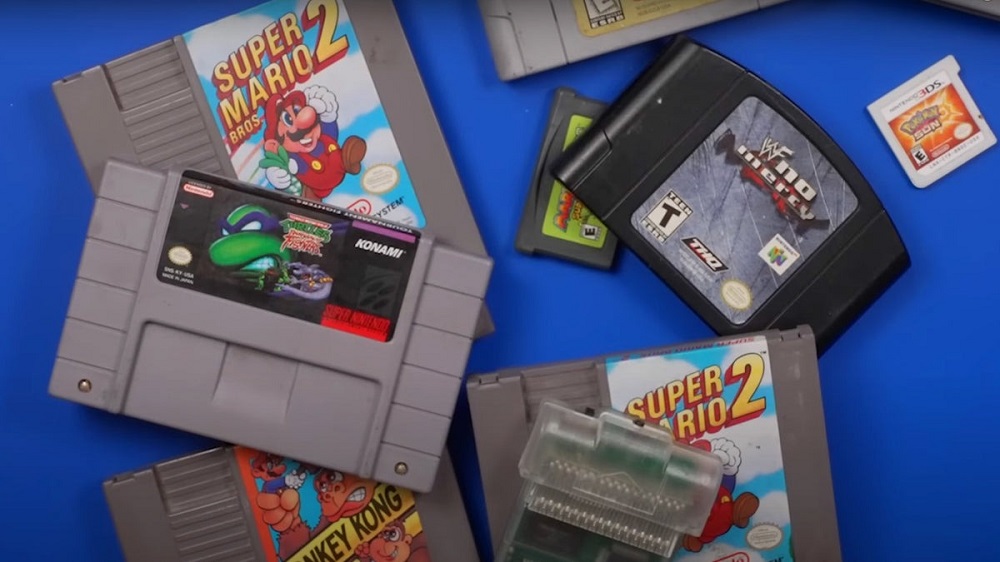
The concept spread quickly, but it was the Atari 2600 (1977) that cemented cartridges as the industry standard. Suddenly, buying a game meant owning a tangible object — something you could trade, display, and treasure.
II. The 8-Bit Boom – NES and Master System
By the 1980s, cartridges became more sophisticated, storing larger games and enabling richer graphics and sound.
- NES cartridges had lockout chips to reduce piracy and ensure quality control.
- The Sega Master System used its own cartridge format, but also had card-based games for smaller titles.
- Cartridges weren’t just functional; they became iconic, with distinct labels and box art that fueled the excitement of renting or buying a new title.
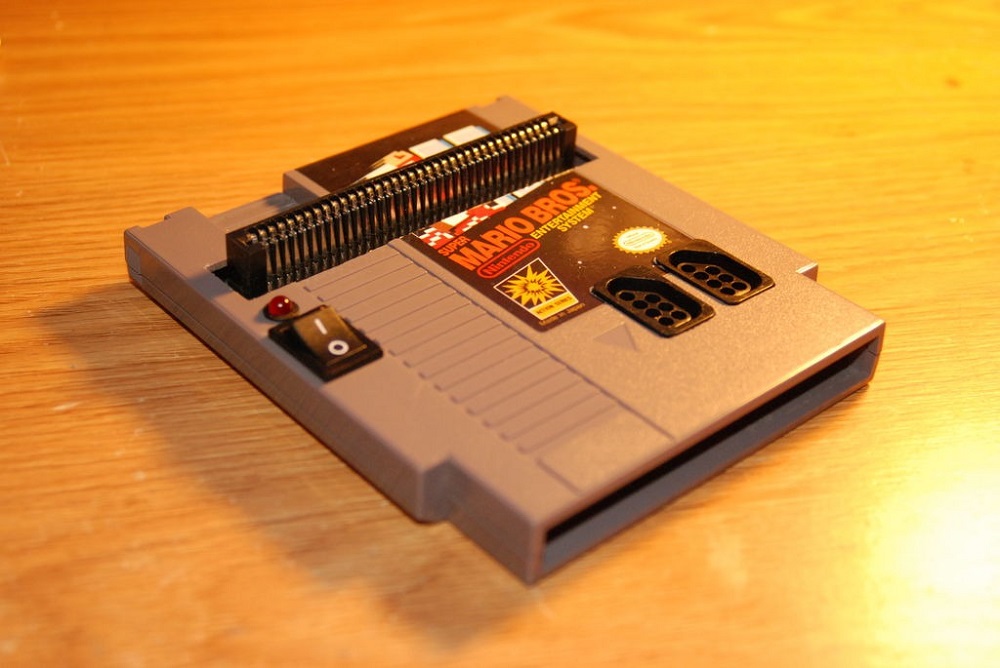
This era proved cartridges weren’t just delivery methods — they were symbols of brand identity, instantly recognizable from across a store shelf.
III. 16-Bit Glory – When Cartridges Became Cultural Icons
The SNES and Sega Genesis raised the bar, pushing cartridges to their limits.
- Some carts included special chips like the Super FX chip (Star Fox), enabling 3D-like graphics.
- Sega experimented with lock-on technology, as in Sonic & Knuckles, letting players combine cartridges for new experiences.
- Cartridges carried unique designs — like oversized Game Genie or the colorful Konami shells — making them collectible beyond gameplay.
The Genesis vs. SNES console war was fought as much on the shelves as in the living room, and cartridges were the banners each side waved proudly.
IV. Cartridges vs. Discs – The Turning Point
By the mid-1990s, CD-ROMs entered the scene. They were cheaper to produce, held more data, and offered full-motion video and CD-quality audio.
Nintendo stuck with cartridges for the Nintendo 64 (1996), emphasizing faster load times and durability. Sony, meanwhile, embraced CDs with the PlayStation, allowing for expansive games like Final Fantasy VII.
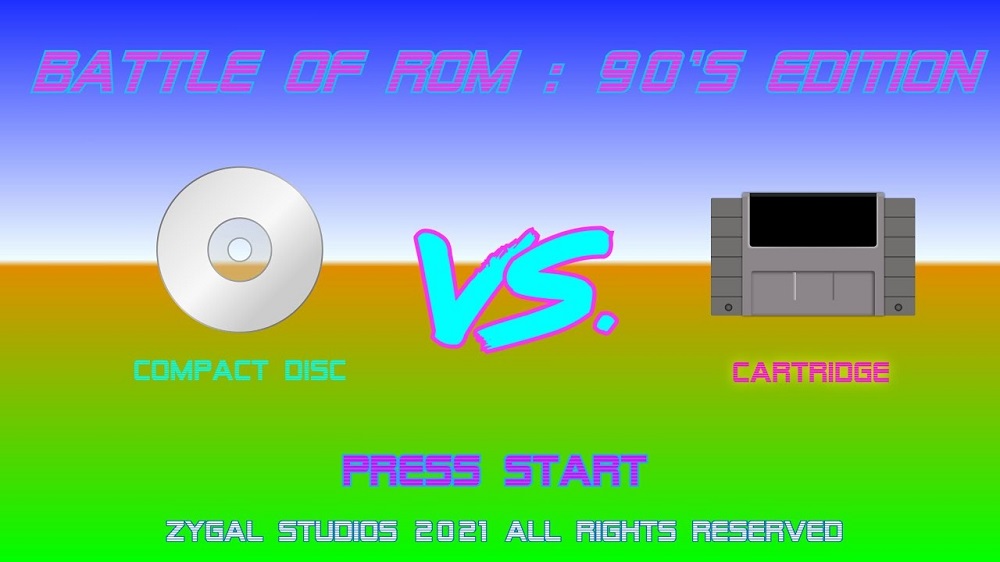
The trade-offs were clear:
| Format | Pros | Cons |
|---|---|---|
| Cartridges | Fast load times, durable, collectible | Expensive, limited storage capacity |
| CDs | Cheaper, huge storage, multimedia | Slower load times, easily scratched |
Nintendo’s decision kept cartridges alive a bit longer but arguably cost them third-party support, as developers flocked to CD-based systems.
V. Cartridges Beyond Consoles – Handheld Dominance
While discs took over home consoles, handhelds kept cartridges alive:
- The Game Boy used compact, rugged carts perfect for on-the-go gaming.
- The Game Boy Advance continued the tradition, balancing power and portability.
- Even the Nintendo DS and Switch (with its game cards) preserved the essence of cartridges in a modern form.
Portability and cartridge simplicity were inseparable, making Nintendo handhelds nearly indestructible companions.
VI. The Cultural Dimension – Cartridges as Collectibles
Cartridges weren’t just tools; they were trophies of childhood.
- Kids blew on cartridges to “fix” them — a ritual now etched in collective memory.
- Box art and manuals made cartridges part of a larger experience.
- Today, rare cartridges (Stadium Events, EarthBound) fetch thousands of dollars, symbolizing the collector’s passion for tangible gaming history.
Unlike digital downloads, cartridges have a weight and permanence that connects directly to retro nostalgia.
VII. Technical Ingenuity – Hidden Power Inside Plastic
Cartridges also allowed for hardware innovation:
- Extra memory chips expanded game worlds.
- Special mappers controlled advanced scrolling and animation.
- The Super Game Boy allowed Game Boy cartridges to run on SNES with color enhancements.
These add-ons made cartridges mini-computers in their own right, turning limitations into opportunities.
VIII. Why Cartridges Endure
Even in the era of digital stores, cartridges — or at least their spirit — live on. Nintendo’s Switch game cards blend modern efficiency with cartridge nostalgia. Collectors continue to prize original NES and SNES carts, not just for rarity but for the stories they carry.
Cartridges endure because they represent ownership, identity, and ritual in gaming. Unlike ephemeral downloads, a cartridge in your hand is proof of a personal gaming journey.
Cartridges weren’t just storage; they were the soul of an era. They shaped how we consumed games, how we remembered them, and how we continue to celebrate them.
From the pioneering Fairchild Channel F to the mighty SNES and the handheld Game Boy, cartridges bridged generations of players. Their legacy lives on in collectors’ shelves, indie homages, and the enduring philosophy that games should be played, owned, and remembered in tangible form.
Cartridges defined not only an era of technology but also the culture of gaming itself.
